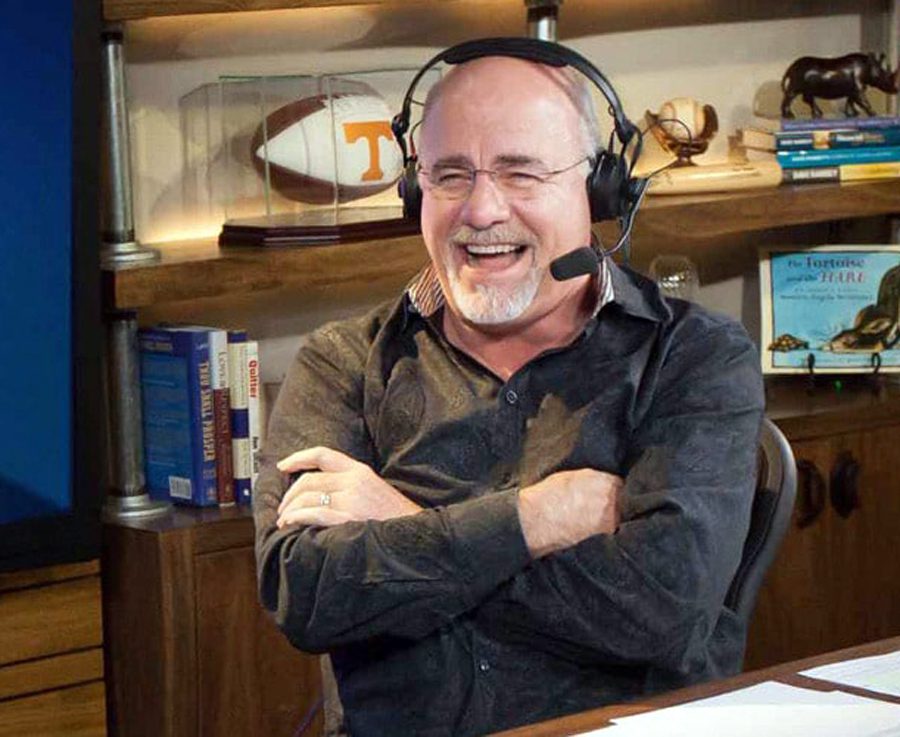
 By John W. Bul
By John W. Bul
Dec. 17, 2009
I really should have seen it coming. I could hear the hiss of the air brakes as they were released, the rattle of the diesel engine, and the shifting of gears. My world seemed to turn a bit darker as this colossal frame began to pass over me, overwhelming in both size and stature. I had been “thrown under the bus!”
Having barely missed the front bumper, I realized that its single piece construction of 3/16″ steel was designed to protect the driver (and in turn, the passengers) from harm. It was also designed to support the weight of the bus! My insignificant form wouldn’t have had a chance to hinder the forward momentum of the bus. As the engine passed over, I was overwhelmed by the power and might that was generated when all of the cylinders worked in tandem, fed by a formulated measure of diesel fuel and air. It then occurred to me that successful organizations are quite similar — we are fueled by a formulated mixture of talent, knowledge, and experience (our fuel), carefully blended with creativity (fresh air). In both the diesel engine and “work engine” of an organization, the key is to keep the all the components in balance, too much of any single component can offset the balance and cause the engine to stall.
As the bus continued its forward motion, I caught a quick glimpse of the firewall. The purpose of the firewall is to protect the driver and passengers in case of an emergency. It does, however, have sealed penetrations to route heater hoses, valves, wire harnesses, which are necessary to provide safety and comfort to the occupants, as well as ensuring the functionality of the vehicle. Successful organizations have similar “firewalls” to protect all of us, while providing a conduit full of information to pass through, along with accommodation for our safety and work environment. I knew that just above me sat the driver. This person shoulders a tremendous responsibility for the safety, comfort and future of the passengers (company, customers and colleagues). The driver relies on his trusted fellow drivers (staff), designers, mechanics, service persons and passengers to complete the journey.
While frightened by the realization that I am still under the bus, the experience is captivating and the underpinnings of the bus are quite remarkable. The transmission barely cleared my head, and I could hear the gears and shafts meshing in synchronous harmony to transfer the power of the engine to the axles, wheels and tires that propel the vehicle forward. Successful organizations all rely on similar synchronicity in order to keep moving forward. A feeling of inclusion and empathy overcame me with the realization that the passengers were directly above me. While I was “outside the compartment” so to speak, the precious cargo is truly what matters, and they’re all safe and sound. Perhaps the luckiest of all was me-¦I just witnessed first hand how it works. The rear bumper cleared me-¦I’m a bit disheveled and dusty, but none the worse for wear, and perhaps a bit wiser.
The phrase, “Thrown under the bus” or “-¦threw me under the bus” is a commonly used metaphor to describe the act of projecting blame or responsibility on another, sometimes based on reality, however often used to gain a temporary advantage. This can range from being fact based to a using a team member as a scapegoat.
Whatever the intention, there is much to be learned from every experience. At times when I may have found (or perceived) myself “under the bus,” the experience has strengthened my resolve, brought new ideas and solutions to light, and taught me how to not make the same mistakes twice. I better stop at this point-¦I’ll probably won’t be back under the bus any time soon if anyone thinks I like it there!
John W. Bul, CMRP, is commercial manager-Michigan operations for Webasto Roof Systems, Inc. He can be reached at [email protected].








